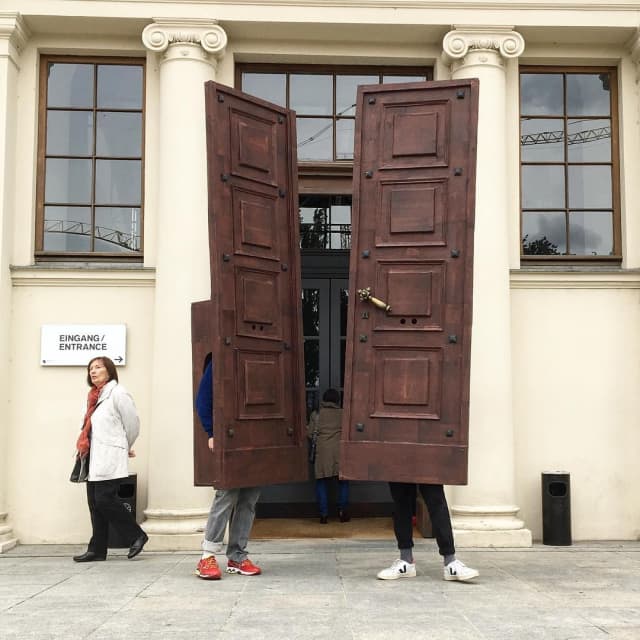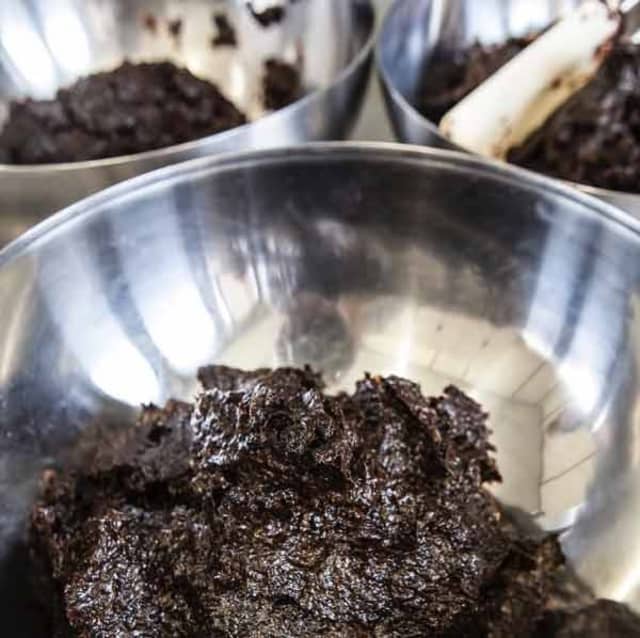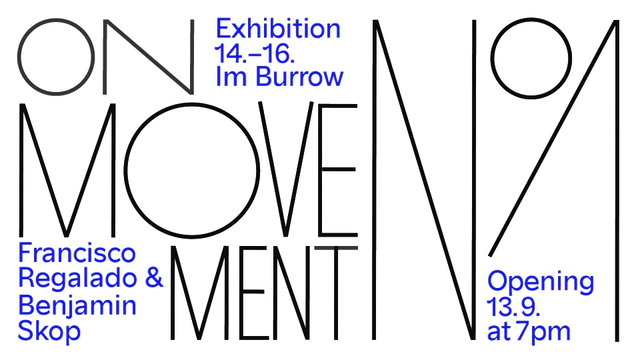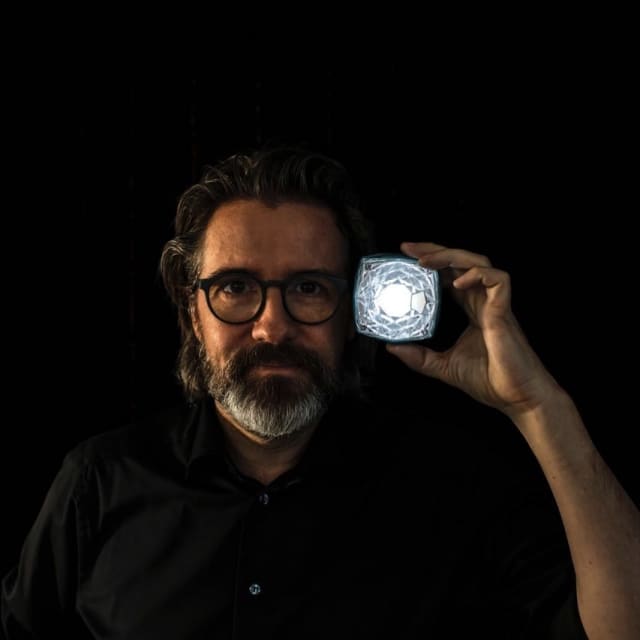Over the past two decades, the sea has slowly crept into human geography. Together with colleagues in the emergent field of critical ocean geography, we have been making the argument, time and again, that geography has historically been a land-locked and terra-centric project. Geography is earth-writing, and earthlessness has been taken very literally in shaping the spaces in which geographical study has taken place. As we have been arguing, new geographical knowledge can be unearthed when thinking from the sea [...] Subjects, objects, knowledges, and forces – seafarers, migrants, offshore protesters, fishermen (and women), naval officers, fish, ships, fossil fuels consumer goods laws, current, and infrastructures have all featured in the numerous publications that now pay attention to life at sea.
– Kimberley Peters and Philip Steinberg, p.28. Allan Sekula: OKEANOS, the sea-themed book on the late U.S. photographer published by TBA21. For his work Fish Story he spent 7 years photographic harbours and port cities around the world









